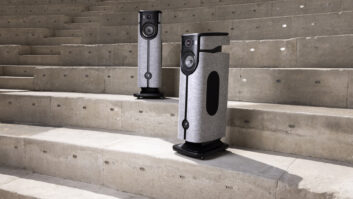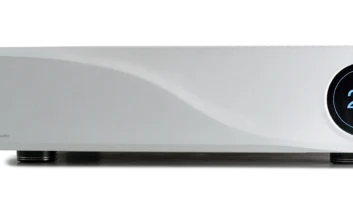
At CES 2017, Dirac will introduce its Dynamic 3D Audio solution featuring patent-pending Dynamic HRTFs (head-related transfer functions).
Dirac Research said that it has removed a major barrier to an immersive AR/VR experience with the introduction of its “Dynamic 3D Audio” AR/VR platform featuring patent-pending dynamic HRTFs (head-related transfer functions) that consider the isolated movements of the head in relation to the human torso. The current industry-standard (HRTFs), the company contends, incorrectly assume that the body and head must always move in tandem.
The Dynamic 3D Audio platform will be demoed at CES 2017, Venetian Suite 31-215, between January 5-8.
“Simultaneous visual and aural immersion is the linchpin of a true virtual reality experience,” explained Dr. Mathias Johansson, founder and CEO of Dirac Research. “It’s what separates reality, experienced virtually, from an obvious representation of such. Until today, the limitations of the 3D audio technology used in VR/ AR programming have prevented this true immersion from being created, rendering a gaming, entertainment, or educational VR experience that is fundamentally flawed, with too many reminders that true reality exists elsewhere. With Dynamic 3D Audio, these limitations no longer exist. True simultaneous visual and aural immersion is now a certain reality within the virtual experience.”
According to Johansson, Dirac’s Dynamic 3D Audio is comprised of multiple fundamental breakthroughs, the most central being the development of the patent-pending Dynamic HRTFs that consider the isolated movements of the head in relation to the torso. “If a phone rings to my left, its sound waves enter my left ear a fraction of a second before my right, and the sound bounces off my shoulders and head in various ways that allows my brain to localize the sound and instinctively rotate my head alone to face its source,” continued Johansson. “This is reality; yet, prior to our development of Dynamic HRTFs and their application in the Dynamic 3D Audio platform, it couldn’t be correctly reproduced virtually. Prior solutions assume that the head and torso rotate in tandem. The failure to accurately reproduce dynamic head movements in virtual reality is one of the reasons why existing 3D sound solutions don’t sound quite realistic.”
The torso-head dilemma isn’t the only immersion limitation resolved by Dirac’s Dynamic 3D Audio platform. HRTFs are a function of how one’s ear perceives a particular sound from a point in space. Height, cranial proportions, and ear dimensions, among other factors, all play a role in one’s individualized HRTF that’s as unique as a fingerprint. That said, to create a completely immersive 3D audio experience, the industry standard relies on the “individualized” HRTF measurement of each listener—a time-consuming and laborious process that ultimately lacks scalability.
“This need to individualize HRTFs to create immersive audio has historically been a major industry roadblock,” continued Johansson. “However, we’ve developed a new, highly sophisticated HRTF measurement process that’s exponentially more free from noise and error compared to existing approaches. And, excitingly, when this measurement process is combined with Dynamic HRTFs, the benefits of individualization become virtually immaterial and ultimately obsolete.”
While CES 2017 will mark Dirac’s official entry into the AR/ VR space, the company has been a provider of platform-optimized sound enhancement technology for more than 15 years, serving a global network of customers in the mobile, home, professional, and automotive channels. The company’s list of clients includes Rolls Royce, Bentley, BMW, Volvo, Harman, Pioneer, OPPO, Arcam, Datasat, Huawei, OnePlus, and Xiaomi.







